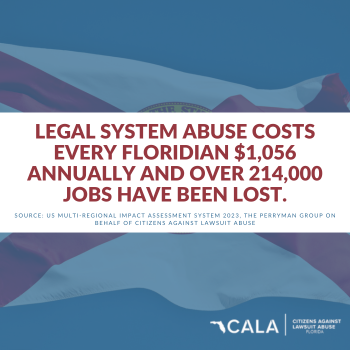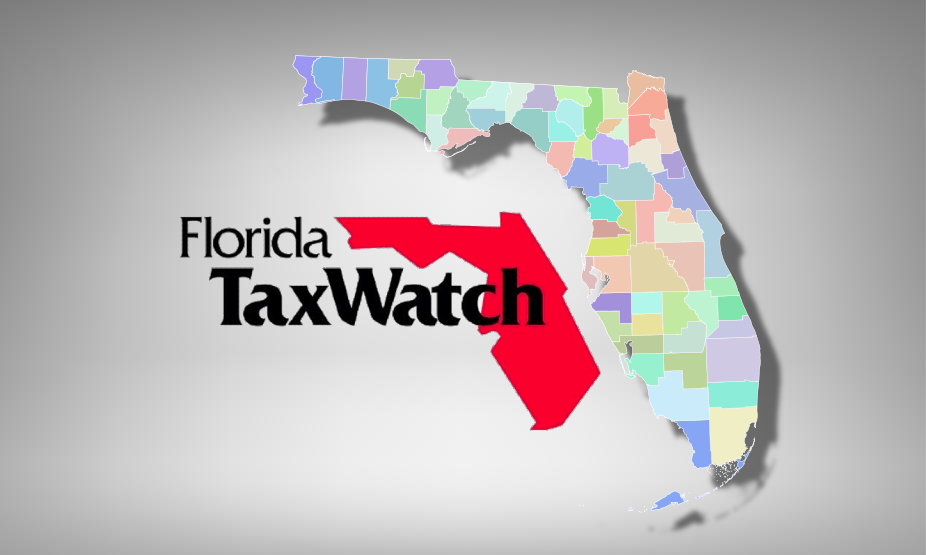On Thursday, Florida TaxWatch (FTW) released “Florida Workforce Update,” a commentary on the shifts in Florida’s workforce since the COVID-19 pandemic.
The commentary outlines the status of remote work, women in the labor force, and the “Great Resignation,” a term coined in May 2021 to describe unusually high quit rates, or the number of employees leaving a job by their own volition as a percentage of total employment. Quit rates typically have an inverse relationship with unemployment levels, as these employees are not leaving the workforce, but rather transitioning from one job to another, often better job.
Florida TaxWatch President and CEO Dominic Calabro weighed in on the commentary.
“Florida’s economy has experienced a strong rebound and significant growth over the last few years, thanks, in large part, to leadership’s strategic and forward-thinking response to the pandemic. As noted in this report, however, the state has witnessed drastic changes to the dynamic of its workforce, presenting new opportunities, like normalizing remote work, as well as challenges, such as securing women’s place in the workforce. And today, in contrast to record low unemployment levels, Floridians are still quitting their jobs at considerably high rates – a trend impacting the leisure and hospitality industry in particular – which indicates the ‘Great Resignation’ is far from over and employees will continue to have the upper hand over employers,” Calabro said.
“Having said that, there’s no question that employers will need to adapt their business operations, including establishing new routines and expectations, in order to attract and retain talent. Looking ahead, Florida TaxWatch encourages the state to monitor and evaluate these businesses’ actions and the evolving nature of its workforce to ensure the economy and, in turn, taxpayers, can succeed,” he added.
According to FTW, remote work was a means for keeping both the public and private sectors operational during the pandemic. In 2021, 38 percent of employees did some or all of their work from home, which is 14 percentage points higher than 2019, the year preceding the start of the pandemic. Recently, a 2022 survey found that 27 percent of employers – noticing the benefits of this development, like larger talent pools and lower overhead costs – intentionally changed to facilitate the success of their remote employees. Moreover, Florida’s high quality of life and low cost of living are attracting a significant portion of the remote workforce as residents, with LinkedIn including Cape Coral, Jacksonville, Orlando, Pensacola, Sarasota, the Tampa Bay area on its list of 20 cities where American job seekers are most likely to apply for remote work.
Even as safety measures allowed people to return to work, the commentary asserts that women’s labor force participation rate remained lower than it was prior to the pandemic. As of January 2022, FTW estimated 170,000 women left the workforce during the pandemic and never came back. By July 2022, however, more women were in the labor force than there were at the end of 2019, though it is unclear whether this is the result of women returning to the workforce or population growth. But for those women who did return, more than 40 percent do at least some work from home – seven percentage points higher than their male counterparts. And for those who have children ages six to 12 in their households, their average hours providing secondary childcare – a form of unpaid work – increased by one hour.
Finally, in May 2021 – the documented start of the “Great Resignation” – the national quit rate was 2.6 percent, equivalent to 3.8 million employees, and in September 2021, 277,000 Floridians left their jobs. As of June 2022, both measures had increased, with the national quit rate rising to 3.0 percent and 338,000 Florida employees leaving their jobs. FTW claims one of the reasons for increased quit rates is low pay, which has been compounded by record levels of inflation. Additionally, along with the leisure and hospitality industry, professional and business services has one of the highest quit rates, with more than half of employees in the industry performing at least some work remotely. These employees can now choose from higher-paying jobs across the country, creating a competitive talent market. In fact, one global survey found that 43 percent of employees are somewhat or extremely likely to consider changing jobs in the upcoming year.















Pingback: Florida TaxWatch Looks at State Workforce: ‘The Great Resignation is Far From Over – Got Laid Off?
Pingback: Florida TaxWatch Looks at State Workforce: ‘The Great Resignation is Far From Over – Florida Daily – Get Hired in Florida – Florida Jobs
Pingback: Florida TaxWatch Looks at State Workforce: ‘The Great Resignation’ is Far From Over – www.floridadaily.com – WireWatch